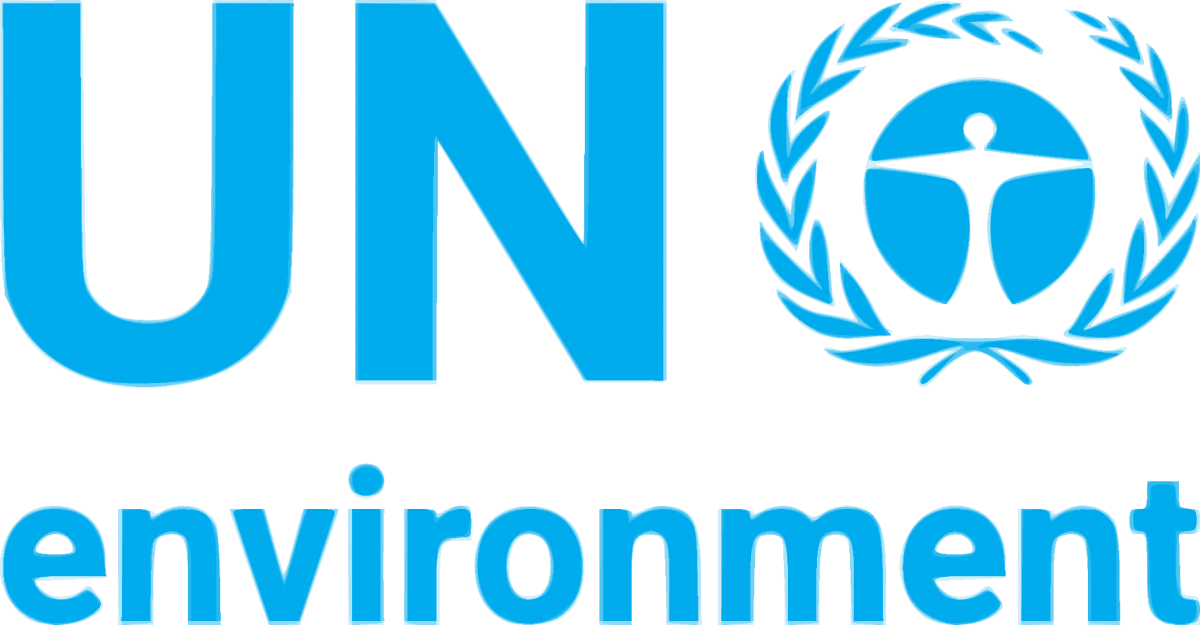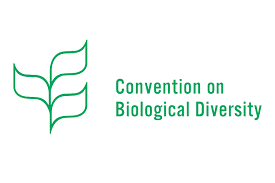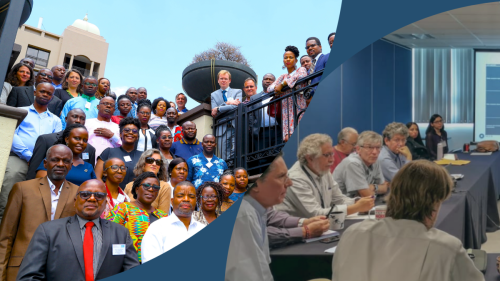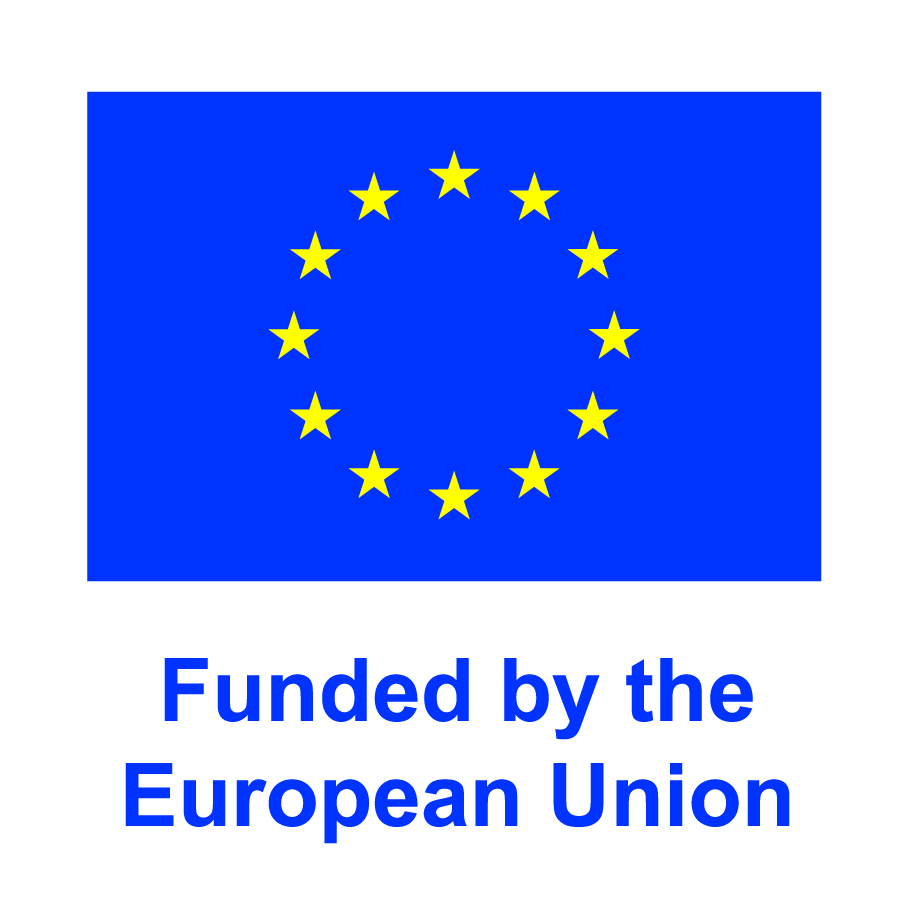Natural Capital Accounting and Valuation of Ecosystem Services Project
Project Goals
The project “Natural Capital Accounting and Valuation of Ecosystem Services” (NCAVES) was launched in 2017 with an aim to advance both the knowledge agenda and the development of policy-applications of environmental-economic accounting, and in particular for ecosystem accounting. The project initiated pilot testing SEEA Ecosystem Accounting (SEEA EA) in five participating partner countries, namely Brazil, China, India, Mexico and South Africa, with a view to
- Improving the measurement of ecosystems and their services (both in physical and monetary terms) at the (sub)national level;
- Mainstreaming biodiversity and ecosystems at (sub)national level policy planning and implementation;
- Contribute to the development of internationally agreed methodology and its use in partner countries.
These five countries were selected as strategic partners to the European Union, on account of the importance of their natural capital, their diverse ecosystems and biodiversity, along with their adherence to the commitments to the Convention on Biological Diversity (CBD).
The NCAVES project was funded by the European Union via a Partnership Instrument and has been jointly implemented by the United Nations Statistics Division and the United Nations Environment Programme, in collaboration with the Convention on Biological Diversity (CBD). (See here more about the project and below for the SEEA and the CBD) .
Key Global Workstream highlights
Main Global Impacts
Over its 5-year implementation period, the contributions of the NCAVES project have been far reaching, resulting in multi-scale impacts. These contributions and subsequent impacts include:
- The active participation and contribution of the five NCAVES countries contributed significantly to the adoption of SEEA EA as a statistical standard by the United Nations Statistical Commission in March 2021. The SEEA EA is now reflected in the UN common agenda which urges member states and others to start SEEA EA implementation.
- The resolution “Accounting for biodiversity: encompassing ecosystems, species and genetic diversity” was endorsed by the IUCN World Conservation Congress WCC-2020.
- NCAVES has contributed strongly to the Post-2020 Global Biodiversity Framework, especially in the context of the work package on Indicators; SEEA implementation is now recognized as SDG indicator 15.9.1.
- NCAVES project sustainability has been key. One concrete outcome of the project in this regard is that the UN Committee of Experts on Environmental-Economic Accounting has formed a subgroup to align public and private sector natural capital accounting efforts, chaired by an NCAVES pilot country - Mexico.
- The NCAVES project helped establish the African Community of Practice on Natural Capital Accounting.
Key Country Highlights
|
|
|
|
|
|
|
|
|
|
Key Global Workstream Highlights
Guidelines and methodology:
Indicators:
Business accounts:
Communications:
Enhanced capacity building and knowledge sharing:
|
SEEA and the CBD
Our collective global challenge of addressing biodiversity loss has been one of the main motivations for the project.
As the Strategic Plan for Biodiversity 2011-2020 is reaching its end, negotiations are underway for the creation of a new global biodiversity framework under the auspices of the Convention on Biological Diversity (CBD). The post-2020 global biodiversity framework is scheduled for completion at the Conference of Parties (COP-15), to be held in Kunming, China in October 2021 and April 2022.
The SEEA is well-positioned to support this framework as it focuses on measuring ecosystem diversity, their extent, condition and services generated. This also helps to make the case for protecting and conserving biodiversity by providing a full picture of its connection to the economy. More specifically, the information generated by the SEEA can be used to inform biodiversity policies in an integrated manner and develop indicators for monitoring progress toward the biodiversity target. See more about SEEA and biodiversity here.
Implementing partners











